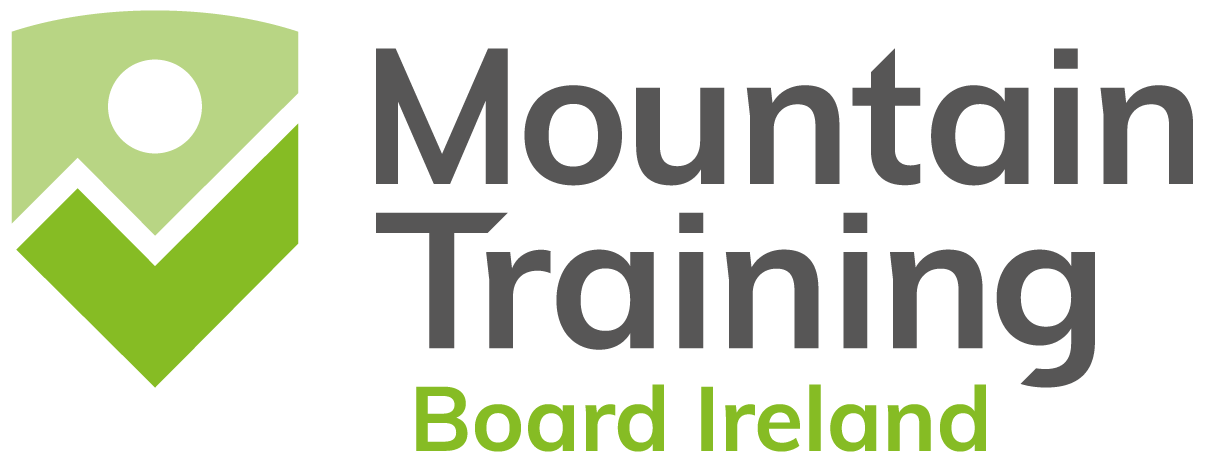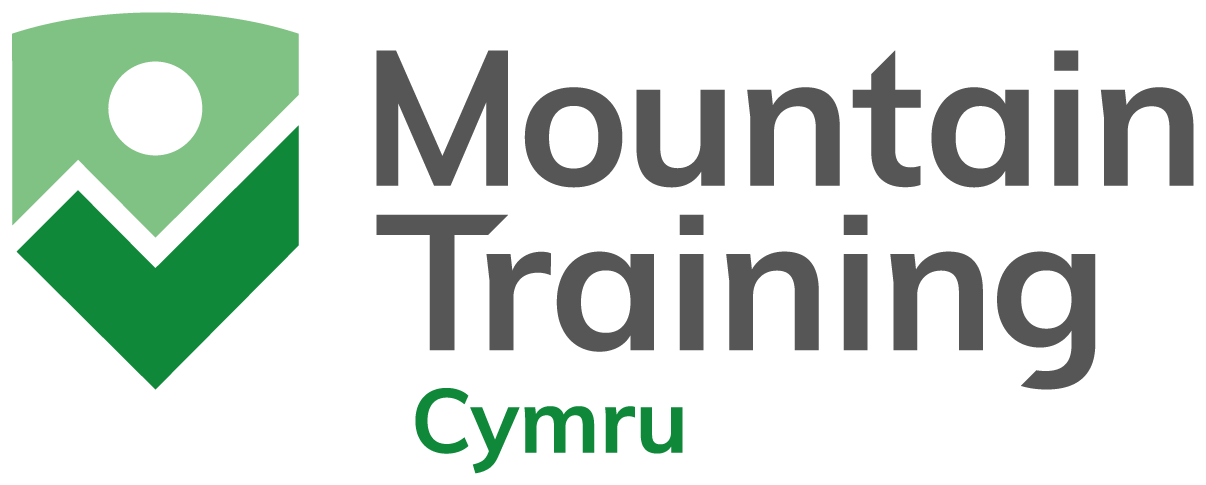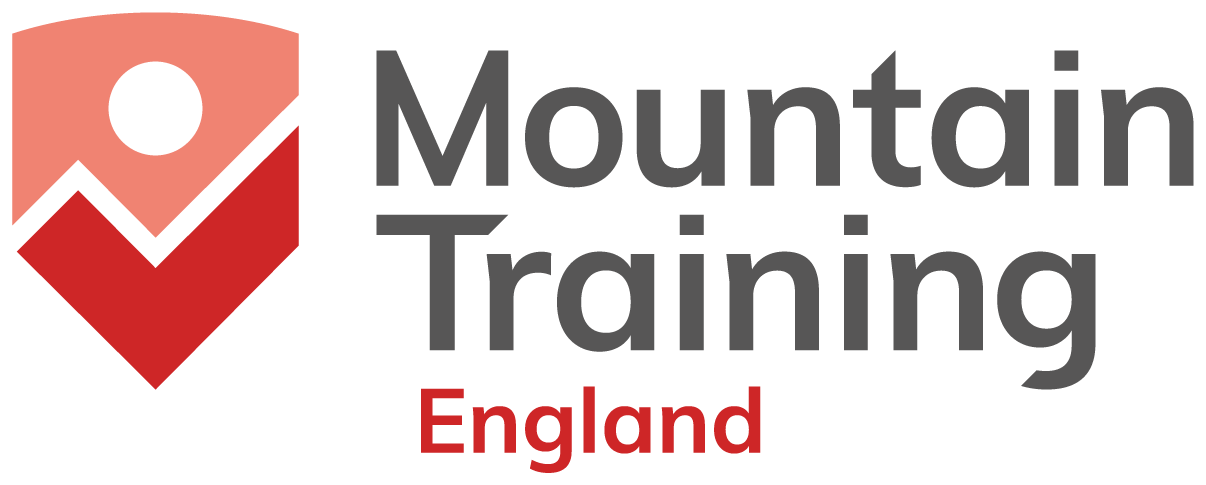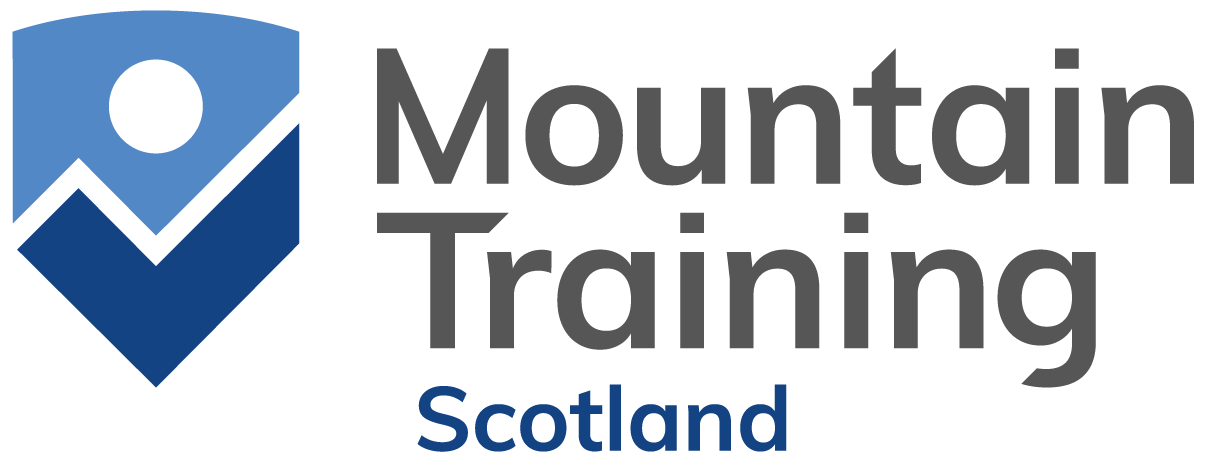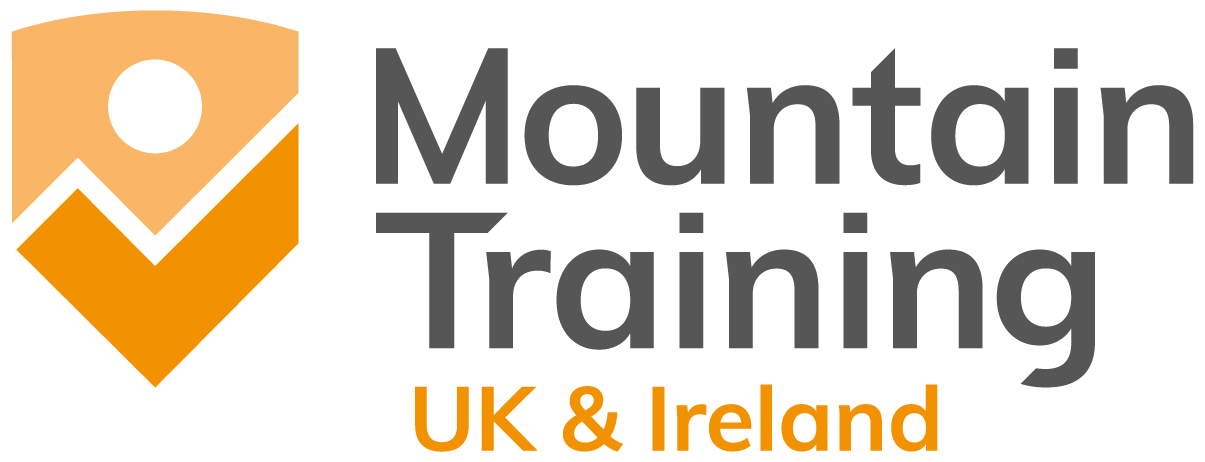How do you ensure the leader is competent when hill walking, hiking, climbing or mountaineering?
The wide range of adventure sports and activities (hill walking/hiking, rock climbing, scrambling, mountaineering, etc.) are by their very nature irregular and unregulated. Unlike competitive team sports for example, there are generally no rules to most climbing and walking activities, but there is a strong duty of care held by leaders with potentially dire consequences to getting things wrong. It is therefore essential that anyone using a volunteer or professional leader, instructor or coach knows that this person is competent and qualified to do the job.
Question: As a member of the public how do you know that someone has the necessary ability, knowledge, or skill to lead an activity successfully?
Answer: Use the advice below.
- Sections 1-9 provide useful background information and context for the adventure activity sector and why it’s different to other sports and industries.
- Sections 10-12 are things to consider in relation to the leader and the activity/environment.
- Section 13 details the qualification(s) which should be combined with the person specification from section 10 to determine whether or not someone is suitable.
NB: using the advice below should result in an appropriate leader/instructor/coach in a position of responsibility.
Over more than fifty years Mountain Training has developed a range of qualifications for climbing and walking leaders, instructors and coaches. We recognise that a qualification alone may not be the complete answer to your question of what activity someone is able to lead, instruct or coach, because every individual, group and activity is different.
Mountain Training is the awarding body network for qualifications, collectively run by the national Mountain Training organisations of England, Ireland, Northern Ireland, Scotland and Wales.
We are supported by the national mountaineering councils (the British Mountaineering Council/BMC, Mountaineering Ireland and Mountaineering Scotland), the three national outdoor centres (Glenmore Lodge in Scotland, Tollymore in Northern Ireland and Plas y Brenin in Wales), four membership associations (British Mountain Guides, The British Association of International Mountain Leaders, the Association of Mountaineering Instructors and the Mountain Training Association) as well as a wide range of stakeholder organisations. We also work in close cooperation with British Canoeing, British Caving and British Cycling (you can follow the links below to find near identical guidance for paddlesport, caving and mountain biking).
Many of our qualifications are approved by Ofqual, the Scottish Qualification Authority, Quality Qualifications Ireland or Sport Ireland Coaching, and we receive government support for our development work from the respective sports councils across the UK and Ireland. Our individual companies operate on a not-for-profit basis and have the broadest range of stakeholder organisations involved in the management and development of our qualifications.
Mountain Training produces National Guidelines for Climbing and Walking Leaders (6th Edition), which contains advice on good practice for anyone with a responsibility for climbing, walking and mountaineering related activities. It encompasses the principles of safety management and supervision. Standards have been set in each of our qualifications and the National Guidelines helps providers delivering any of our activities to ensure that risks are identified and activities well managed.
The UK’s ‘Health and Safety at Work Act 1974’ and the Republic of Ireland’s ‘Safety, Health and Welfare at Work Act 2005’ are the primary pieces of legislation covering occupational health and safety of staff and volunteers.
Most of climbing, walking and mountaineering activities are not regulated. Some defined adventure activities provided commercially to young people in England, Scotland and Wales are regulated by the (UK) Adventure Activities Licensing Regulations (AALR). While this does not apply to adults, clubs, education, the Crown and a number of our activities it provides a clear benchmark for safety management within adventure activities. The regulations (AALR) make only one reference to qualifications, which is that “as a condition of every licence, licence holders shall maintain suitable and sufficient arrangements for the appointment of a sufficient number of competent and adequately qualified instructors (Reg 9(1)(b)(i))”. It is worth noting that the dictionary definition of being qualified is having the standard of skill, knowledge, or ability that is necessary for doing or being something; it does not say that someone must possess a qualification. The legislation also does not specify what any qualifications could/should be. The non-statutory accreditation schemes take a very similar approach to demonstrating competence.
There are currently several statutory and non-statutory adventure activity accreditation schemes and, in each case, inspectors work to confirm that management, operating systems and personnel are appropriate to the scale and nature of adventurous provision and its intended target population. This is likely to include being able to discuss the relevance of a particular qualification, together with relevant experience, which the provider or employer may have identified as appropriate to them given the nature of their provision and the environments in which they operate. Inspectors are expected to consider the decisions/arrangements a provider has made about what constitutes competence in the context of their specific activity provision and then how this is demonstrated. Providers may offer activities for which there is no clear qualification in such cases, the providers need to think carefully about how related qualifications may contribute to demonstrable competence.
Competence can be described as the combination of training, skills, experience and knowledge that a person has and their ability to apply them to perform a task safely. Other factors, such as attitude and physical ability, can also affect someone's competence*. MTUKI recognises that there are four broad ways to demonstrate competence, namely:
- a national qualification: where minimum standards of competence are demonstrated through a national network of training and assessment providers, underwritten by an awarding organisation.
- equivalent qualification: these might be qualifications issued in another country or through an organisation such as the military.
- in-house accreditation: where an organisation such as the Scout Association provides training purely for its specific needs and the competent leaders are signed off for the particular role.
- competence through relevant and comprehensive experience; the law does not require qualification or training for someone to be deemed competent. This is not commonly used in our sector as it is the hardest for the leader to substantiate and/or for the participant to have confidence in, and it is important to recognise that competence to participate is not the same as competence to lead others.
Our matrices below provide the qualification benchmark that, where appropriate, might then be used by an employer/deployer to consider any equivalence, in house training and assessment solution or other form of experience. It is important to stress that qualification is the favoured option of many organisations; relying on Mountain Training to do the work of setting and maintaining appropriate standards. Leadership qualifications provide training, skills and knowledge, and require that you have a level of experience to lead others safely. They also involve an assessment of these attributes by a competent person to show that you have met the minimum standard of care required for your role.
Mountain Training qualifications are valuable, national benchmarks; so much so that Mountain Training qualifies more than 2,000 new leaders and instructors every year. In each case minimum standards of competence have been developed, training providers have been carefully selected and the quality of delivery rigorously maintained. Adventure sport qualifications recognise the dynamic environments in which our activities are delivered and the need for every leader or instructor to be able to adapt to all the variables in ensuring participants get the best from every experience. Mountain Training has compiled the matrices below in order to match a specific activity to its relevant qualification(s), identifying the minimum qualification that someone might hold to lead an activity session (the instructor, leader or Guide) as well as the minimum qualification that might support overall safety management and other technical matters (the ‘technical advisor’ or ‘competent person’ role), subject to the individual meeting several other personal attributes defined by the employer. You will find that once you have a recognised qualification for your role that you will gain permissions, insurance and funding much more easily, as those who have an interest will be more confident of your abilities to do a good and responsible job.
So in short, if you’re going to be leading others, whether that’s voluntarily or commercially, a qualification will help you to fulfil your legal duty of care and demonstrate your competence to lead others.
Millions of people in the UK and Ireland actively participate in adventure sports, including hill walking and climbing. It’s very fulfilling to lead others; inspiring and introducing people to walking or climbing, sharing what you have learnt and giving something back to the activity that means so much to you are some of the many reasons to lead. The definition of led activity is where the participants require a formal level of instruction, supervision and support throughout the activity.
It is however worth reflecting on the fact that if you’re leading a group, whether that’s on a walk or teaching them to climb, you have a legal duty of care with regards to their wellbeing and welfare, both physical and emotional. You may feel that you have just organised an event with your peers, but if you have much more experience than others and have encouraged them to join, you are their leader. Everyone has a duty of care to 'their neighbour' but a leader of a risk activity, especially with novices or children, has an enhanced duty of care.
Should any of the people you’re leading sustain any injuries or suffer emotional harm, they may claim that you were negligent. Should you need to defend yourself against this claim, you would need to argue that you fulfilled your duty of care through the actions you took, and were competent to be leading the group in the first place.
Qualifying as an instructor, leader or guide must be seen as a stage in any individual’s experience, be they a volunteer or professional, but far from the endpoint. Expanding their experience of working environments and participants while also maintaining their existing skills and knowledge and adding more is an ongoing process. As well as gaining leadership and instructional experience, there are many opportunities for continuing development within their roles, through on the job training, assessment and experience and within many institutions or via one of the four relevant leader, instructor or guide associations (AMI, BAIML, BAMG and MTA). The three mountaineering councils (BMC, MS & MI) also provide rich sources of knowledge and support. Our four membership associations provide excellent communities of practice that include further training, discussion forums, advice centres etc. We recognise that there will be other groupings within various institutions (examples might include commercial overseas leader forums, military groups etc.) so again it will be for employers to judge how well-connected instructors and technical advisers are to their peers.
Anyone using a leader, instructor, coach or guide will want them to fit into their organisation and that means developing a person specification alongside a qualification. Competence for a particular job or role also includes a range of other factors including:
- Skills: these may include problem solving, teamwork and collaboration, oral and written communications skills and leadership.
- Knowledge; theoretical and practical familiarity, awareness and understanding of the specific role of leader, instructor, coach or guide.
- Personal attributes; attitude and behavioural/character traits that align with your club, organisation, centre or wall such as self-awareness, resilience, professionalism and a strong work ethic and the ability to remain calm in a crisis. More specifically being customer/member focused, having common sense/being pragmatic, being positive (a “can do” approach), a problem solver with an ability to analyse problems from first principles, being inclusive may all be valuable traits.
- Training: Qualifications confirm that skills and knowledge were demonstrated on a specified date, whereas ongoing support and/or membership of a relevant association will maintain and enhance that base standard. Training may include core ‘instructor’ training at a specific level, further training such as to how to work with harder to reach groups and additional training such as might prove useful for the role of technical adviser
- Experience: both general and context specific experience may be necessary for a particular client group and broader experience may be necessary for someone to provide safety advice. This can be:
- directly relevant, context specific, experience of the activity, such as single pitch climbing;
- indirect experience in parallel activities such as hill walking, ghyll or mountain scrambling, indoor climbing etc; and/or
- transferable experience from comparable activities such as within paddle sport, mountain biking etc.
- The quantity of experience required to gain a qualification is well described and can be measured in years as well as in the number of days. Any employer will then need to consider how much context specific experience an instructor should gather year on year after they’ve qualified. The breadth and depth of a technical adviser’s experience may both need to be significantly greater. An employer must decide on the value of breadth (would a wall manager want an adviser with outdoor experience, with work experience at other walls or sports facilities etc.?) as well as the depth of experience of a specific activity (for a multi pitch technical adviser how long and how frequently should they have taught, overseen, and participated etc.?)
In some situations, those with responsibility for activity delivery may lack the technical expertise and experience to make decisions about staff competence, safety management systems and supervision. In such cases, those responsible may choose to rely upon a what is variously known as a technical advisor, a competent person, a technical expert, subject matter expert etc. In the matrices below are recommendations for skills, experience and qualifications that may be relevant when selecting appropriate technical advisors. To support this are the communities of practice that several associations offer, the interactions with the expert inspectors of the various accreditation schemes and the expertise within Mountain Training and the Mountaineering Councils.
- Winter and summer conditions: The term 'summer' is used to describe any conditions not covered by winter. Winter can be defined as the time when snow and ice prevail or are forecast. Neither term can be defined by a portion of the year.
- Walking: while walking may involve the use of hands as well as feet it would not involve the planned use of a rope. As such none of our walking schemes cover the skills required for the planned use of the rope.
- Single pitch climbing: a single pitch route is one which: is climbed without intermediate stances; is described as a single pitch in the guidebook; allows climbers to be lowered to the ground at all times; is non-tidal and has little objective danger; presents no difficulties on approach or retreat, such as route finding, scrambling or navigating.
- Lowland terrain; lowland terrain would not cross any hazardous terrain (e.g. cliffs, very steep slopes, water hazards etc.), and typically includes rights of way through cultivated land, woodland, forest and heath.
- Hill and moorland terrain: open, uncultivated, non-mountainous high or remote country known variously as upland, moor, bog, fell, heath, hill or down.
- Mountainous country: Mountain country may be defined as wild country which may contain unavoidable steep and rocky ground where walkers are dependent upon themselves for immediate help
13. Activity matrices:
Where appropriate the name of the relevant previous qualification is shown in brackets – holders of these historic qualifications were automatically issued with the equivalent new qualifications by Mountain Training when they were launched.
The following Mountain Training qualifications do not have a safety management remit:
- Foundation Coach,
- Development Coach
- Performance Coach.
The above information has been developed with input from all the stakeholders of the Mountain Training network and in close cooperation with British Canoeing, British Caving and British Cycling. This web page is written for climbing, walking and mountaineering and you can follow the links below to find near identical guidance for paddlesport, caving and mountain biking.
It is the hope of the four organisations that by this consistent approach we can enable participants and the public to understand more clearly our qualifications and the crucial role they play in ensuring everyone can enjoy and develop in a wide range of adventure sports with confidence. This will ensure greater consistency and understanding and avoiding out of date information that may have been used previously. Click on the logos below to view the equivalent information for paddlesport, caving and cycling.
As awarding organisations and national governing bodies, we have qualifications that are recognised by the industry, providing appropriate governance and quality assurances, as well as meeting compliance requirements from the UK qualification regulators. Over many decades, we have been recognised by sport councils, stakeholders and funding partners as leading authorities in our sector.
